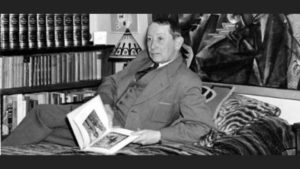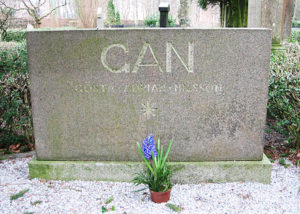Gösta Adrian-Nilsson was born on April 2 into a middle-income family in Lund. Studying at elementary school, demonstrated a bright artistic talent.
1884 - 1965
Gösta Adrian-Nilsson
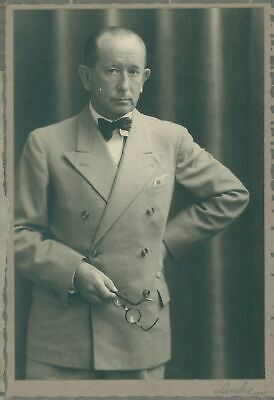
description
A Swedish artist and writer, one of the first modernists in his country. Gösta Adrian-Nilsson, who signed his paintings with the acronym GAN, was a comprehensively gifted person. He painted in various avant-garde styles, was an active member of the German progressive group Der Sturm (Storm, Berlin), created talented illustrations for the works of his contemporaries, and also wrote his own poems and fairy tales for children. A great admirer of Oscar Wilde in his youth, Adrian-Nilsson adored the decadent movement of the late 19th century, but at the beginning of the next century joined German Expressionists, Italian Futurists, and later French Cubists, making a considerable contribution to the spread of these art movements in his homeland.
Key ideas:
– Adrian-Nilsson’s work is diverse and even eclectic in the most positive sense of the word. He created a mixt from several contemporary art styles and became the author of one of the most unique and vivid styles in the visual arts of the early twentieth century.
– The artist’s painting is permeated with the energy of the newest technologies, the thirst for movement and strong eroticism. His style cannot be called entirely abstract. In his paintings, GAN always depicted specific objects and people, stylizing their forms and breaking large planes into separate elements. Male images (sailors, soldiers, people of hard-working professions), which the author used continuously in his works, are interspersed with urban landscapes and images of various mechanisms in action. They symbolize and visualize technological progress and the speed of modern life.
– Adrian-Nilsson’s canvases are distinguished by deep, saturated colors, which are more characteristic of Expressionism in their tonality than tactical Cubism or thoughtful Abstractionism. Most of them are a kaleidoscope of intersecting picturesque planes and shimmering color effects.
– The artist used simplified geometric constructions; their paintings have a perspective and airspace surrounding the main characters in the foreground. This feature is visible in such works as “Acrobats”, “Artist” and many others.
– In the second half of his creative career, the art of Hadrian-Nilsson became more abstract, approaching Synthetic Cubism and Surrealism. Paintings of the artist’s French colleagues influenced his style. His paintings became similar to collages, combining various objects of everyday life that were completely unrelated to each other, as well as stencilled inscriptions and signs.
– The late works of the author, made in the constructivist and surrealistic style, are proof of the constant active interaction of Gosta Adrian-Nilsson with the changing trends of European progressive art and are of great importance for the further development of Scandinavian abstract painting.
1884
1905
1907
1913
1914
1917 - 1919
1920
1921
1925
1931
1940 - 1950
1964
1965
The birth of the artist
Started to study at the Technical School in Copenhagen

Gösta Adrian-Nilsson made his public debut as a writer and artist

Made a trip to Berlin
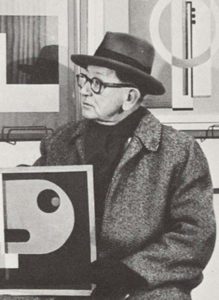
He returned to Lund
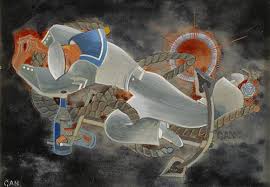
He began to cooperate with the avant-garde magazine "Storm" in Berlin

Moved to Paris
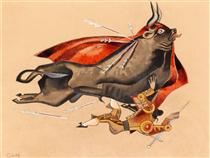
The artist participated in the Salon of Independents
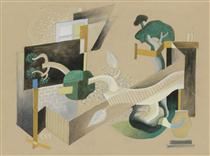
Together with the jeweller W. Nilsson, he showed the exhibition “Folkvizor”
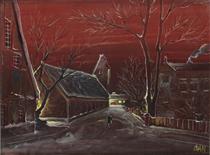
Adrian-Nilsson moved to Stockholm
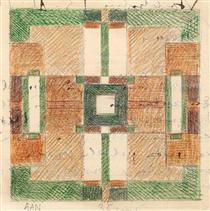
He continued to develop surrealistic trends

Received a state award and became a folk artist

The death
Gösta Adrian-Nilsson died on March 29 in Stockholm.

